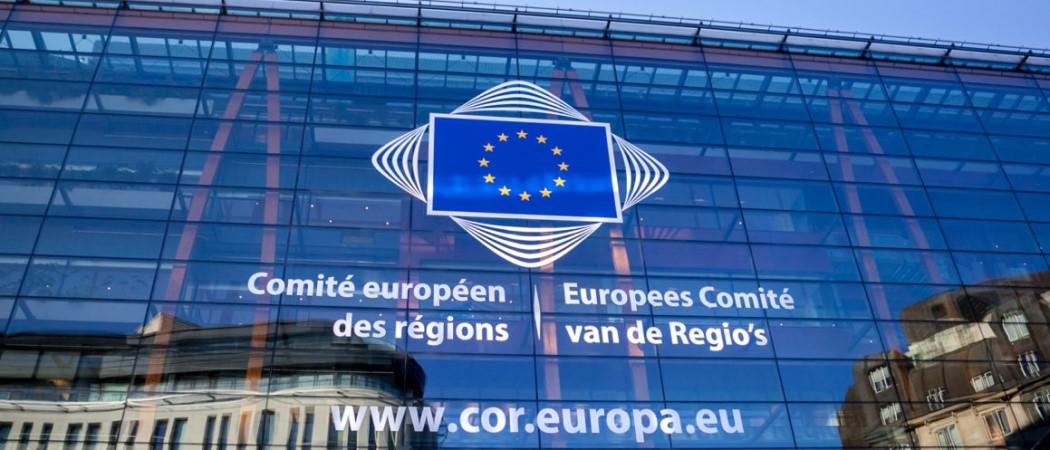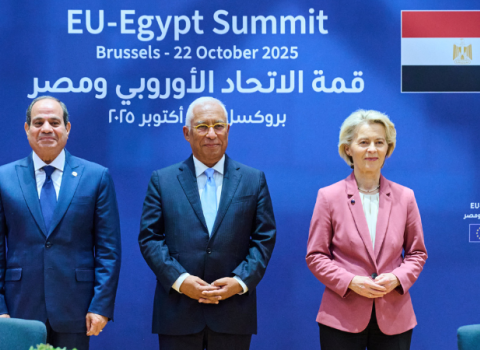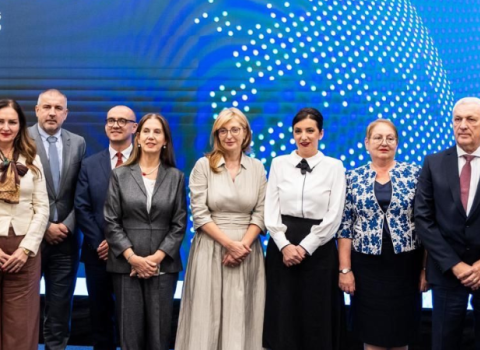As the European Commission cranks up its work on the new European Research Area, regions are pushing for greater influence in the design process

EU regions are demanding more of a say in the development of the European Research Area (ERA) and are calling for greater political commitment to bridge the research and innovation gap that persists between rich and poor areas.
The Committee of the Regions (CoR) wants to become more involved in the ERA Forum for Transition, the expert group set up to advise on the governance structure of ERA, the EU’s planned single market for research, CoR rapporteur Christopher Clergeau told Science|Business.
CoR also wanted to be associated in the strategic programme of Horizon Europe, a document that, when finalised and adopted, will align EU’s R&D programme with broader political goals. However, member states opposed the idea. “We had an agreement with the Parliament to open the tools to cities and regions,” said Clergeau. But “when we came to a trilogue, the [EU] Council stopped this evolution.”
At the moment, only representatives from member states can be part of the forum. But EU research commissioner Mariya Gabriel has said she wants to see closer ties between the ERA Forum and CoR. “[The working group] should have a different design at the end of the year,” said Clergeau.
The ERA Forum, composed of representatives from all member states, the European Economic Area and the European Free Trade Association, held its first meeting last week.
In addition to the ERA governance framework, including the mandate and objectives of its different components and the interactions between them, the forum is advising the Commission’s research directorate on the forthcoming pact for research and innovation.
The pact is part of a political push by the Commission to convince member states to increase public R&D spending from the current average of 0.81% of GDP, to 1.25%. This will set them on the way to investing 3% of GDP on R&D, the target set 20 years ago when ERA was first conceived.
The Forum will develop the first ERA policy agenda and pilot projects, including the ERA pilot actions planned in the Commission’s roadmap published in September 2020. The group will also provide input for a new yearly ERA scoreboard to monitor progress on the objectives set in the roadmap.
Regions want greater political commitment to helping countries with weaker research and innovation systems catch up with the rest of the EU. “Everybody knows there is a fragmented ERA, but there is no real political action,” said Clergeau.
After the first meeting of the ERA Forum last week, EU research commissioner Mariya Gabriel told CoR that regions will be invited to give their input during the design phase of ERA governance. “Regions and cities will play a key role in strengthening the European Research Area, contributing to recovery and increasing Europe's resilience,” said Gabriel.
ERA hubs
Regions are also looking get more involved in “ERA hubs” a new initiative by the Commission to set up regional organisations similar to EU’s digital innovation hubs, a project spearheaded by Gabriel in her previous mandate as commissioner for digital economy.
The Commission is hoping to replicate the success of digital hubs in the field of research and innovation by putting a stronger emphasis on the relationship between research and businesses, on the availability of high-quality science in all EU cities and regions, and on their role in the co-creation process.
Romanian MEP and Horizon Europe co-rapporteur Dan Nica is also in favour of building stronger ties between research and business in disadvantaged regions. “I hope that ERA hubs will give a greater recognition to regional ecosystems and innovation hubs and also boost less developed regions," he said.
For Clergeau, progress under Horizon 2020 on widening and spreading excellence has been limited. More effort is needed to reduce the innovation divide at a time when national budgets are being strained by the coronavirus pandemic and governments may look to cut R&D spending.
“We fear that in 2022 we realise a decrease of budget for research and innovation and regions in southeast Europe,” Clergeau said. ERA hubs could help cushion the blow. “We think there are 20 to 40 potential hubs in southeast Europe that could boost research and innovation in these very difficult days,” he said.
CoR has identified 100 regional ecosystems in Europe that could be ERA hubs, including emerging sites in poorer regions, and is calling for the Commission to directly support them.
Clearer rules for synergies
To further boost investments and reduce the research and innovation gap, the Commission is putting greater emphasis on potential funding synergies between Horizon Europe and other EU funding streams. The success of this hangs on member states appreciating – and acting on - the importance of investing in research and innovation.
Regions have been relying on structural and cohesion funds to develop their basic infrastructure but also make investments in forward-looking areas. Clergeau said it is useful to use structural funds for research and innovation projects for which Horizon Europe funding is not available, but only if a common set of spending rules is applied regardless of the source of financing.
Horizon Europe and structural funds operate under different regulations. Regions would like to see a simplified way to use EU money, regardless of source. “I don’t think a lot of money will come from cohesion to Horizon Europe if there is not a change in approach from the Commission,” said Clergeau.





 A unique international forum for public research organisations and companies to connect their external engagement with strategic interests around their R&D system.
A unique international forum for public research organisations and companies to connect their external engagement with strategic interests around their R&D system.